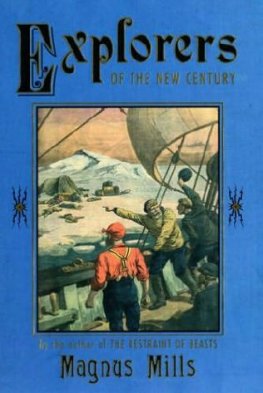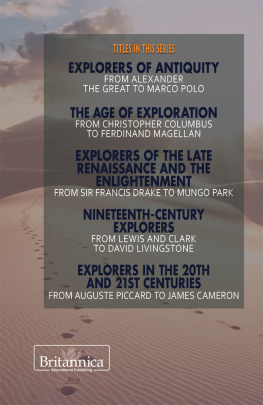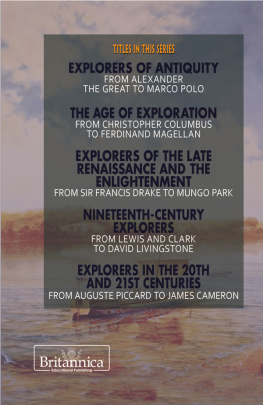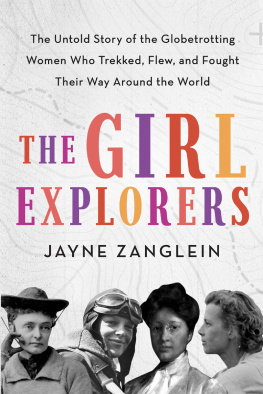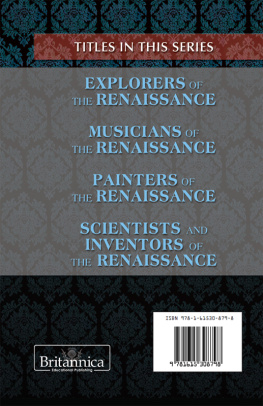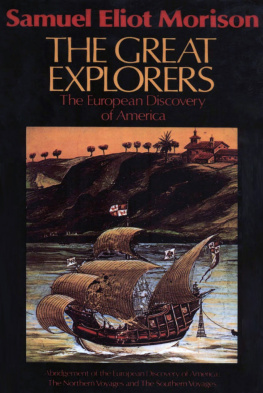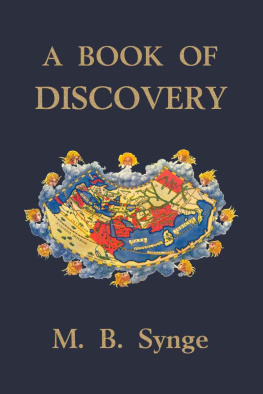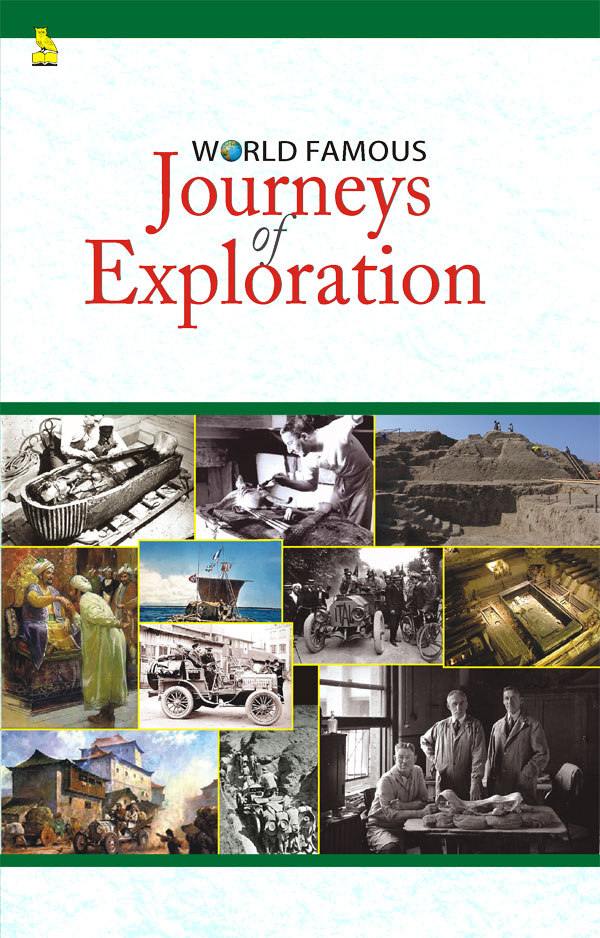Vikas Khatri
J-3/16 , Daryaganj, New Delhi-110002
23276539, 23272783, 23272784 Fax: 011-23260518
E-mail: info@pustakmahal.com Website: www.pustakmahal.com
Sales Centre
10-B, Netaji Subhash Marg, Daryaganj, New Delhi-110002
23268292, 23268293, 23279900 Fax: 011-23280567
E-mail: rapidexdelhi@indiatimes.com
6686, Khari Baoli, Delhi-110006
23944314, 23911979
Branches
Bengaluru: 080-22234025 Telefax: 080-22240209
E-mail : pustak@airtelmail.in pustak@sancharnet.in
Mumbai: 022-22010941, 022-22053387
E-mail : rapidex@bom5.vsnl.net.in
Patna: 0612-3294193 Telefax: 0612-2302719
E-mail : rapidexptn@rediffmail.com
Hyderabad: Telefax: 040-24737290
E-mail : pustakmahalhyd@yahoo.co.in
Pustak Mahal, New Delhi
ISBN 978-81-223-1327-7
Edition: 2012
The Copyright of this book, as well as all matter contained herein (including illustrations) rests with the Publishers.
No person shall copy the name of the book, its title design, matter and illustrations in any form and in any language, totally or partially or in any distorted form. Anybody doing so shall face legal action and will be responsible for damages.
Printed at : Unique Colour Cartoon, Delhi
Publishers
Pustak Mahal
Introduction
E ver since the dawn of civilization, human beings have felt the need to find out more about the world in which we live. Some explorers have been driven by curiosity, some by the need to acquire great riches, and others by the desire to gain fame and reputation.
Though the reasons for their journeys may differ, all explorers share special qualities. These are, above all, the love of adventure and the burning desire to discover the unknown. It is not only the gold they are interested in, but also the way of finding the gold! That is the spirit of adventure that every explorer possesses.
Today, the spirit of adventure, and the urge to expand human knowledge, lives on in space exploration and the quest for scientific knowledge.
This book is about some of the worlds great explorers. They set out from their native lands, facing dangers and sometimes risking their own lives, in search of new lands and new knowledge. Their tales will absorb you, and fill you with wonder and delight.
D ecades before Christopher Columbus sailed the ocean blue in search of a water route to Asia, the Chinese were exploring the Indian Ocean and Western Pacific with seven voyages of the Treasure Fleet that solidified Chinese control over much of Asia in the 15th century.
The Treasure Fleets were commanded by a powerful eunuch admiral named Cheng Ho. Cheng Ho was born around 1371 in Chinas southwestern Yunan Province (just north of Laos) with the name Ma Ho. Ma Hos father was a Muslim hajji (who had made a pilgrimage to Mecca) and the family name of Ma was used by Muslims in representation of the word Mohammed.
When Ma Ho was ten years old (around 1381), he was captured along with other children when the Chinese army invaded Yunan to take control over the region. At the age of 13 he was castrated, as were other young prisoners, and he was placed as a servant in the household of the Chinese Emperors fourth son (out of twenty-six total sons), Prince Zhu Di.
Ma Ho proved himself to be an exceptional servant to Prince Zhu Di. He became skilled in the arts of war and diplomacy and served as an officer of the prince. Zhu Di renamed Ma Ho as Cheng Ho because the eunuchs horse was killed in battle outside of a place called Zhenglunba. (Cheng Ho is also Zheng He in the newer Pinyin transliteration of Chinese but hes still most commonly called Cheng Ho). Cheng Ho was also known as San Bao which means three jewels.
Cheng Ho, who was said to have been seven feet tall, was given greater power when Zhu Di became emperor in 1402. One year later, Zhu Di appointed Cheng Ho admiral and ordered him to oversee the construction of a Treasure Fleet to explore the seas surrounding China. Admiral Cheng Ho was the first eunuch appointed to such a high military position in China.
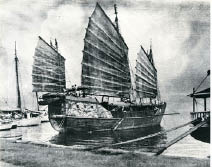
The first Treasure Fleet consisted of 62 ships; four were huge wood boats, some of the largest ever built in history. They were approximately 400 feet (122 meters) long and 160 feet (50 meters) wide. The four were the flagships of the fleet of 62 ships assembled at Nanjing along the Yangtze (Chang) River. Included in the fleet were 339-foot (103-meter) long horse ships that carried nothing but horses, water ships that carried fresh water for the crew, troop transports, supply ships, and war ships for offensive and defensive needs. The ships were filled with thousands of tons of Chinese goods to trade with others during the voyage. In the fall of 1405 the fleet was ready to embark with 27,800 men.
T he fleet utilized the compass, invented in China in the 11th century, for navigation. Graduated sticks of incense were burned to measure time. One day was equal to 10 watches of 2.4 hours each. Chinese navigators determine latitude through monitoring the North Star (Polaris) in the Northern Hemisphere or the Southern Cross in the Southern Hemisphere. The ships of the Treasure Fleet communicated with one another through the use of flags, lanterns, bells, carrier pigeons, gongs, and banners.
The destination of the first voyage of the Treasure Fleet was Calicut, known as a major trading center on the southwestern coast of India. India was initially discovered by Chinese overland explorer Hsuan-Tsang in the seventh century. The fleet stopped in Vietnam, Java, and Malacca, and then headed west across the Indian Ocean to Sri Lanka and Calicut and Cochin (cities on the southwest coast of India). They remained in India to barter and trade from late 1406 to the spring of 1407 when they utilized the monsoon shift to sail toward home. On the return voyage, the Treasure Fleet was forced to battle pirates near Sumatra for several months. Eventually Cheng Hos men managed to capture the pirate leader and take him to the Chinese capital Nanjing, arriving in 1407.
A second voyage of the Treasure Fleet departed on a return trip to India in 1407 but Cheng Ho did not command this voyage. He remained in China to oversee the repair of a temple at the birthplace of a favourite goddess. The Chinese envoys on board helped to ensure the power of a king of Calicut. The fleet returned in 1409.
The fleets third voyage (Cheng Hos second) from 1409 to 1411 consisted of 48 ships and 30,000 men. It followed closely the route of the first voyage but the Treasure Fleet established entrepots (warehouses) and stockades along their route to facilitate trade and storage of goods. On the second voyage the King of Ceylon (Sri Lanka) was aggressive; Cheng Ho defeated the kings forces and captured the king to take him to Nanjing.
In late 1412, Cheng Ho was ordered by Zhu Di to make a fourth expedition. It wasnt until late 1413 or early 1414 that Cheng Ho embarked on his expedition wit h 63 ships and 28,560 men. The goal of this trip was to reach the Persian Gulf at Hormuz, known to be a city of amazing wealth and goods, including pearls and precious stones much coveted by the Chinese emperor. In the summer of 1415, the Treasure Fleet returned with a bounty of trade goods from the Persian Gulf. Detachments of this expedition sailed south along the eastern coast of Africa almost as far south as Mozambique. During each of Cheng Hos voyages, he brought back diplomats from other countries or encouraged ambassadors to go to the capital Nanjing on their own.




